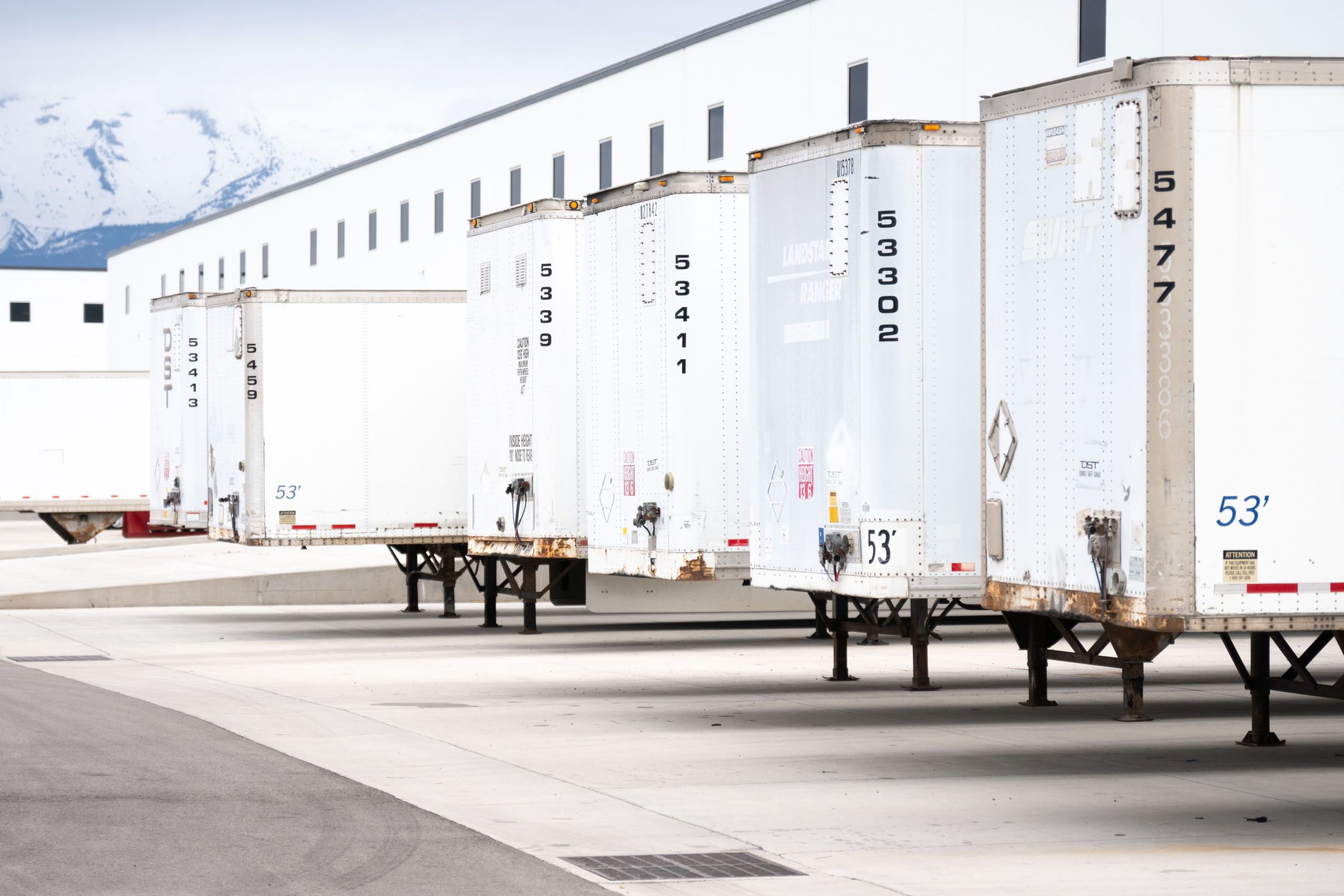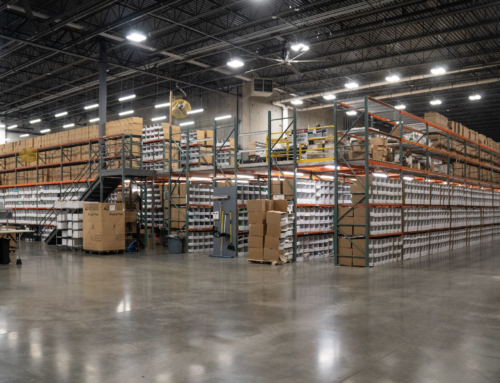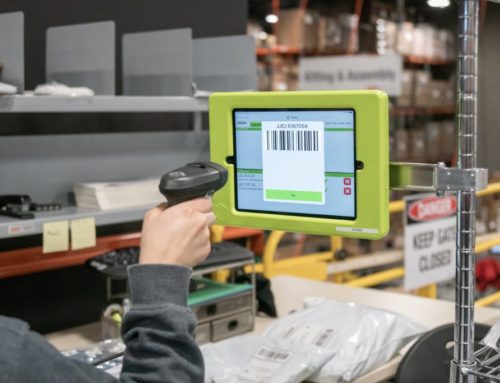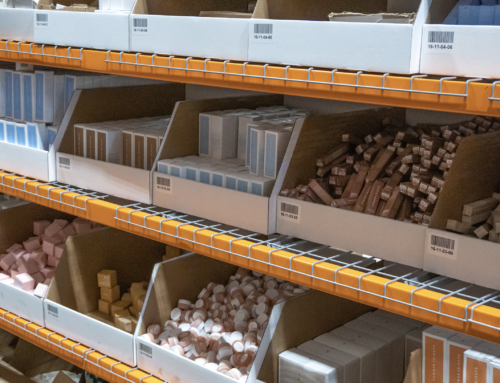Whether you consciously realize it or not, life as we know it is governed by unchangeable laws. Laws of the fixed sort, like gravity, really aren’t that different than the laws of supply and demand that govern the eCommerce market. One pushes, the other pulls.
Understanding the big picture processes and intricacies of your supply chain flow is vital. Championing the most harmonious Inbound and Outbound supply chain logistics requires effort, elaborate knowledge, and experience.
So What Are Inbound and Outbound Logistics?
Inbound and Outbound logistics encompass two of the most important processes in moving products or merchandise through the supply chain from manufacturer to end customer. While Inbound logistics relate to supply, outbound logistics relate to demand.
Inbound Logistics: Refers to the transportation of raw materials, finished goods, and supplies from their place of manufacturing or distribution channel to a retail store, storage warehouse, or fulfillment center.
Outbound Logistics: Relates to the latter part of the supply chain processes, involving the transportation of finished products to the end-user or final destination.
The Difference Between Inbound and Outbound Logistics:
The biggest difference between inbound and outbound logistics depends on who the receiving party is. Outbound logistics always involve an end-user or final destination, while inbound logistics deal with the precursor steps of sourcing, receiving, and storing raw materials or merchandise.
Supplier, Manufacturer, Distributor or Product Holder > Company, Brand, Retailer, Third-Party Logistics Entity > Customers
Most Common Examples of Inbound Logistics:
Purchasing: Arguably one of the most fundamental steps of the inbound strategy is the purchasing or sourcing of raw materials and products. Finding a reliable supplier that understands the value of the product or service in addition to optimal freight shipping practices is crucial.
Receiving: Having a solid strategy and standard for receiving is an equally important part of the inbound strategy. Efficiently and accurately accepting, logging, and storing merchandise through an inventory tracking system is imperative. At Drive Fulfillment, we work to exemplify the best and most efficient technological strategies through custom-built receiving software. This means that everyone is on the same page.
Reverse Logistics: Inbound logistics also include the processing, examination, and restocking of exchanges and returns. Having a sound reverse logistical protocol is key to accurately managing inventory levels and keeping customers happily satisfied.
Most Common Examples of Outbound Logistics:
Order Processing: When an order is placed, it creates a processing command in a warehouse management system. This is what queues the product to be shipped out asap.
Picking, Packing, & Shipping: Products are to be picked from their assigned location, identified, and carefully counted to ensure accurate inventory levels. Once the products are picked, the final outbound steps are packaging, labeling, and sorting items for the courier.
Optimization Techniques:
It’s vital to conduct regular audits on Inbound and Outbound logistical operations. These often processes require monitoring and innovations to stay ahead. Another effective optimization strategy requires maintaining a solid understanding and relationship with your sourcing and transportation partners. When your business involves other parties, keeping an clear line of communication is vital to mutual success.
Establishing a reliable fulfillment partnership with an entity that practices innovative logistical strategies to reduce inventory costs, cut lead times, and ensure precise accuracy helps you focus on your bread-and-butter and not worry about the complexities shipping and receiving.
The Drive Advantage:
At Drive Fulfillment, the proof is in the pudding. Our suite of customizable services, capacity to handle your growth and streamlined logistical designs have contributed to becoming one of Counselor’s Top 40 Distributors of 2020.
We believe that no two customers are the same, and neither is their fulfillment process. Our custom solutions are optimized for your business. No matter the product, our processes will help to save you money. Please contact us with any questions regarding tours, pricing, shipping locations, shipping capabilities, or general inquiries today.






